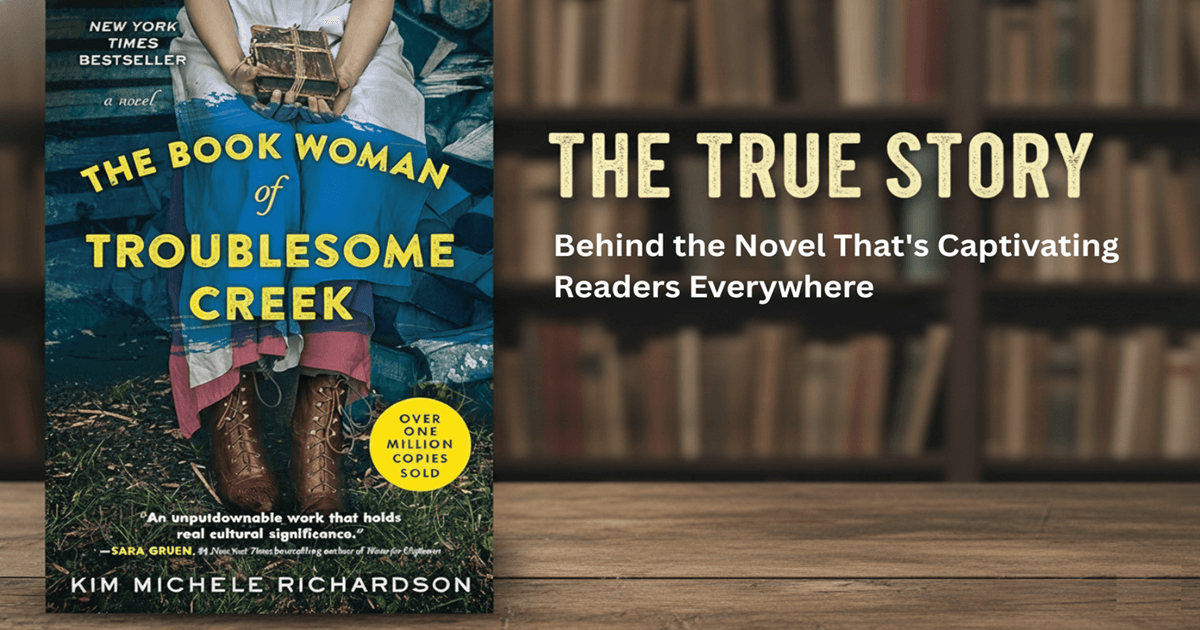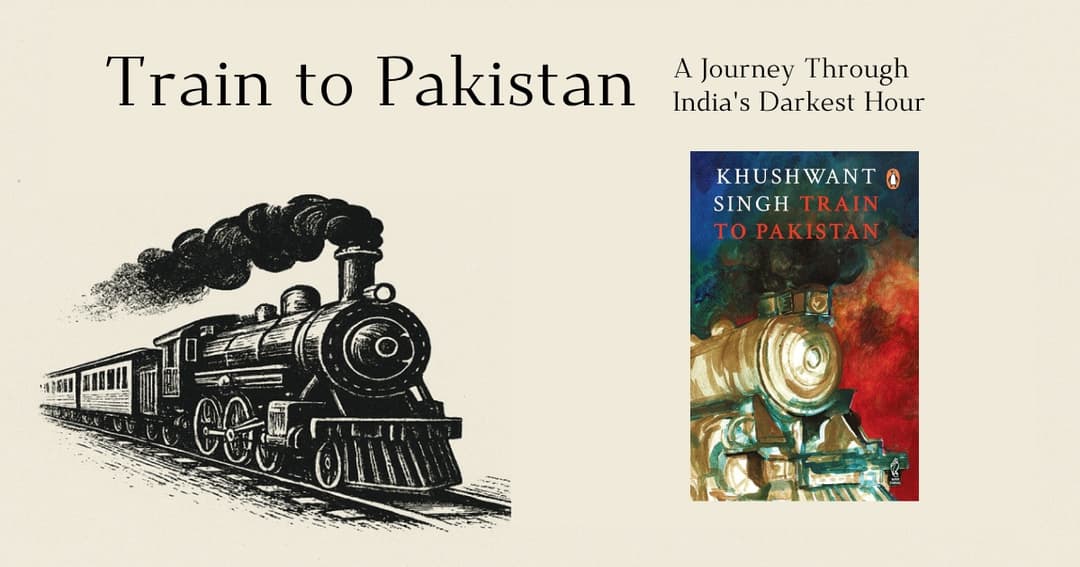When Kim Michele Richardson published The Book Woman of Troublesome Creek in 2019, she introduced readers to a forgotten chapter of American history wrapped in an unforgettable story. This historical fiction novel has since captured the hearts of book clubs nationwide, earned spots on bestseller lists, and sparked renewed interest in the heroic Pack Horse Librarians of Kentucky.
But what makes this book so special? And how much of Cussy Mary Carter's story is actually true?
What Is The Book Woman of Troublesome Creek About?
Set in the rugged mountains of eastern Kentucky during the Great Depression, the novel follows Cussy Mary Carter, a young woman working as a Pack Horse Librarian. Her mission sounds simple: deliver books to isolated families scattered throughout Appalachian hollows.
The complication? Cussy Mary is one of the last descendants of the "Blue People"—families affected by methemoglobinemia, a rare genetic condition that gives skin a distinctive blue tint.
In 1936 Kentucky, being different means being outcast. Yet Cussy Mary refuses to hide. Armed with books and riding her faithful mule Junia, she traverses dangerous mountain paths to bring stories, hope, and knowledge to people who desperately need all three.
The True History Behind the Fiction
Pack Horse Librarians Really Existed
Richardson's novel draws from authentic history. Between 1935 and 1943, the Works Progress Administration funded the Pack Horse Library Project, employing nearly 1,000 librarians across Kentucky, Tennessee, and other Appalachian regions.
These remarkable women (and occasional men) faced extraordinary challenges:
Geographic obstacles: No paved roads meant traveling up to 120 miles weekly on horseback through creek beds, over mountains, and across treacherous terrain.
Weather extremes: They rode through winter blizzards, spring floods, and summer heat that would make modern delivery services cancel operations.
Limited resources: When published books ran short, librarians hand-created scrapbooks from magazine clippings, recipes, and newspaper articles.
Low pay, high risk: Earning roughly $28 monthly (about $600 in today's dollars), they risked injury from wild animals, falls, and hostile encounters.
Despite these hardships, Pack Horse Librarians delivered reading material to more than 100,000 families. They quite literally brought literacy and hope to America's most isolated communities.
The Blue People of Kentucky Were Real Too
Perhaps the novel's most striking element—Cussy Mary's blue skin—also stems from documented history. For generations, families in eastern Kentucky carried a recessive gene causing methemoglobinemia, which affects hemoglobin's ability to carry oxygen efficiently.
The result? Skin ranging from light blue to deep indigo.
The Fugate family, living near Troublesome Creek (yes, it's a real place), became the most documented case. Though perfectly healthy otherwise, their unusual appearance led to isolation and superstition in close-knit mountain communities.
Modern medicine easily treats the condition, but in Depression-era Appalachia, being visibly different meant facing prejudice and fear.
Why Readers Love This Book
Complex, Resilient Protagonist
Cussy Mary Carter ranks among contemporary fiction's most memorable heroines. She refuses victimhood despite facing discrimination for both her appearance and her gender. Her determination to serve her community—even those who shun her—demonstrates quiet courage that resonates with modern readers.
Rich Historical Detail
Richardson extensively researched Pack Horse Librarians, interviewing descendants and studying archives. The novel authentically captures 1930s Appalachian speech patterns, customs, and daily struggles without resorting to stereotypes.
Themes That Transcend Time
While set nearly 90 years ago, the book explores timeless issues:
Literacy as liberation: Books provide escape, education, and empowerment
Prejudice and acceptance: How communities treat those who look or think differently
Women's autonomy: Fighting for independence in restrictive societies
Environmental connection: The relationship between mountain people and their land
Beautiful, Evocative Writing
Richardson's prose captures Appalachian beauty and harshness with equal skill. Readers frequently praise passages describing misty mountains, rushing creeks, and the intimate moments when a child opens their first book.
Critical Reception and Awards
The Book Woman of Troublesome Creek achieved both commercial success and critical acclaim:
Bestseller status: Featured on multiple bestseller lists including USA Today
Reader ratings: Maintains strong ratings across Goodreads and Amazon
Book club favorite: Frequently selected for discussion groups nationwide
Award recognition: Nominated for several literary awards celebrating historical fiction
Who Should Read This Book?
This novel appeals to readers who enjoy:
Historical fiction enthusiasts: Particularly those interested in American history beyond mainstream narratives
Book lovers: The meta-appeal of a story celebrating books and literacy creates special resonance for avid readers
Strong female character fans: Cussy Mary joins ranks with other memorable literary heroines who defy societal constraints
Social justice themes: The novel tackles discrimination, poverty, and inequality with nuance and heart
Appalachian culture: Those seeking authentic portrayals of mountain life beyond stereotypes
Discussion Questions for Book Clubs
How does Cussy Mary's physical difference serve as a metaphor for broader themes of otherness and acceptance?
What role do books play beyond simple entertainment for the families Cussy Mary serves?
How does Richardson portray the tension between progress and tradition in 1930s Appalachia?
Compare Cussy Mary's journey with contemporary discussions about diversity and inclusion.
What surprised you most about the historical reality of Pack Horse Librarians?
The Sequel: The Book Woman's Daughter
Richardson continued the story in The Book Woman's Daughter (2022), following the next generation and exploring how Cussy Mary's legacy endures. Fans of the original novel will want to add this companion book to their reading list.
Where The Book Woman of Troublesome Creek Fits in Contemporary Literature
This novel belongs to a growing category of historical fiction that recovers forgotten women's stories. Similar books include:
The Giver of Stars by Jojo Moyes (also about Pack Horse Librarians)
The Nightingale by Kristin Hannah (women's courage in wartime)
The Book of Lost Friends by Lisa Wingate (post-Civil War literacy efforts)
The Four Winds by Kristin Hannah (Depression-era resilience)
Final Verdict: Is It Worth Reading?
Absolutely. The Book Woman of Troublesome Creek delivers everything readers want from historical fiction: authentic period detail, compelling characters, important themes, and beautiful writing. Whether you read for entertainment, education, or inspiration, Cussy Mary's journey offers all three.
The novel reminds us that access to books has always been revolutionary. In an era when libraries face funding cuts and book access remains contentious, Richardson's story feels remarkably relevant.
How to Get Your Copy
The Book Woman of Troublesome Creek is available in:
Hardcover and paperback editions
E-book formats for Kindle and other devices
Audiobook (narrated by Kimberly Farr, highly recommended)
Many public libraries carry multiple copies
Check your local independent bookstore or library to support literary communities that carry on the Pack Horse Librarians' mission.
Conclusion: More Than Just a Book About Books
Kim Michele Richardson created something special with The Book Woman of Troublesome Creek. She rescued a remarkable piece of American history from obscurity and wrapped it in a story that educates, entertains, and inspires.
Cussy Mary Carter's determination to bring books to Kentucky's remotest hollows reminds us why stories matter. They connect us, educate us, and help us understand both history and each other.
For anyone who's ever loved a book, believed in the power of literacy, or cheered for an underdog heroine, this novel delivers everything you're seeking—and more.
Have you read The Book Woman of Troublesome Creek?



